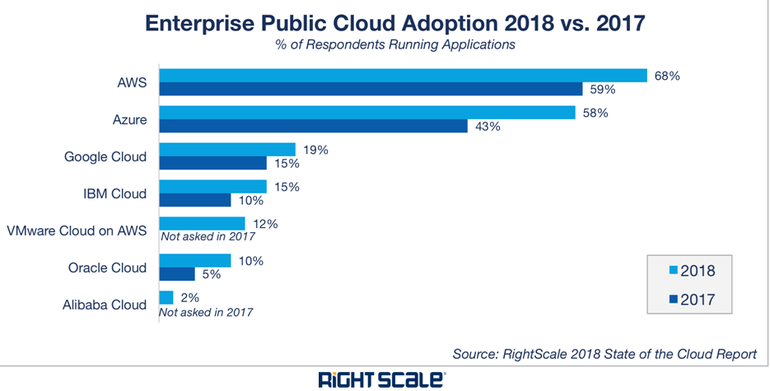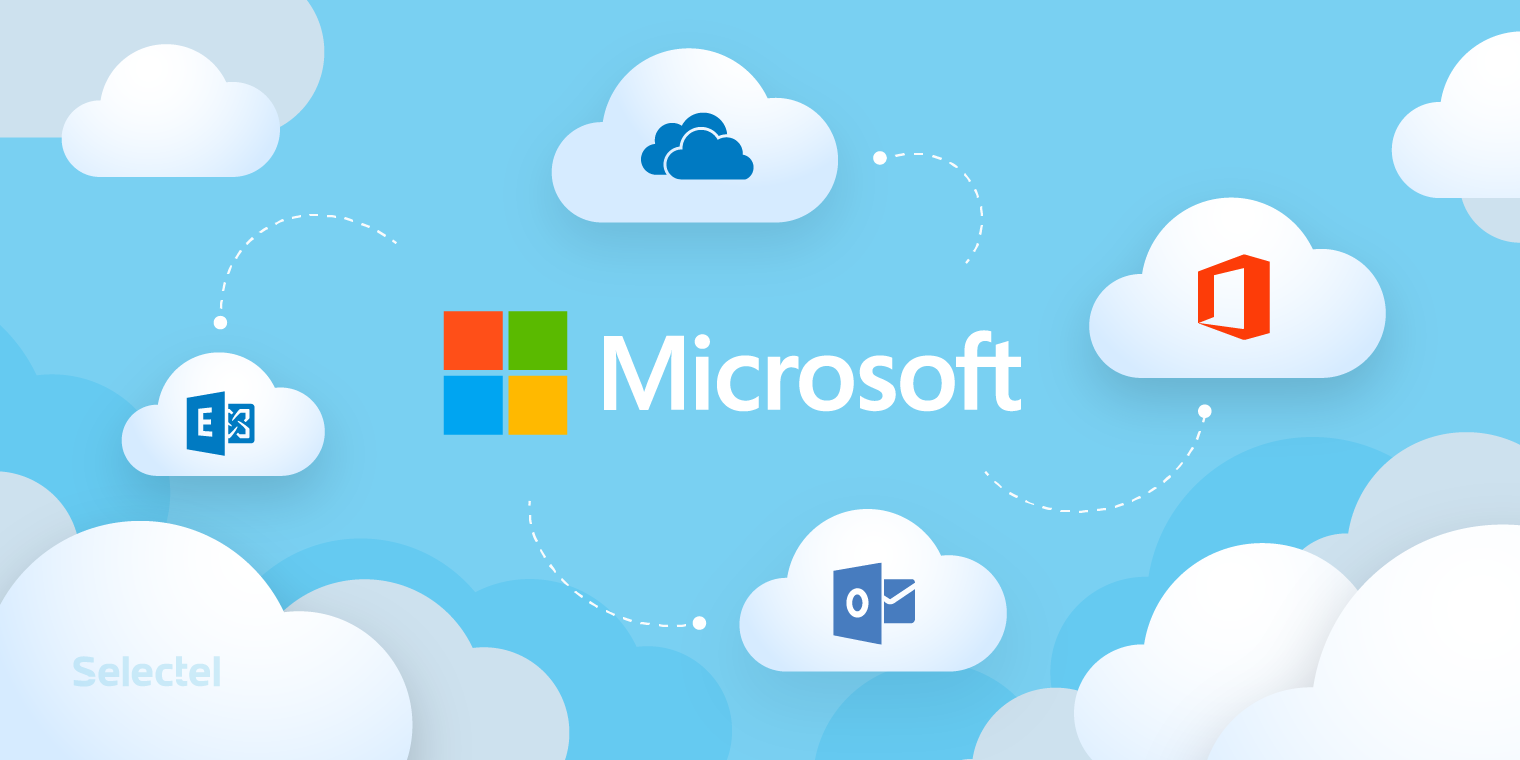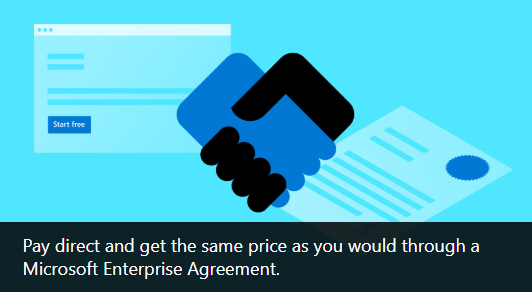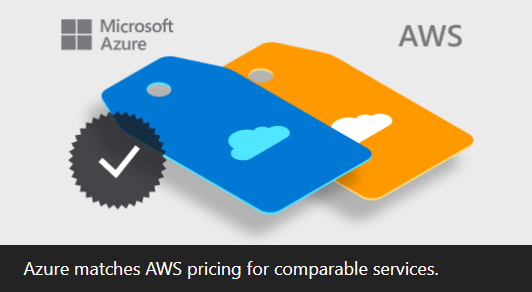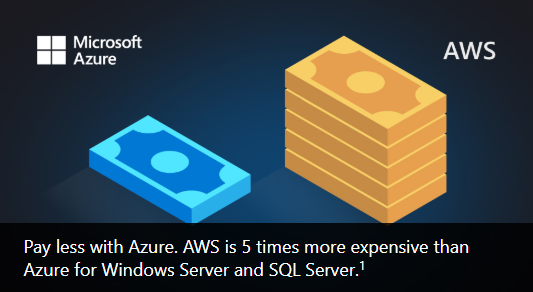Microsoft offers a wide range of cloud-based software, applications, and computing infrastructure.
Microsoft Cloud Services include the following:
-
Microsoft Azure – a public Cloud Computing platform with more than 100 cloud products spread across categories such as AI & Machine Learning, Analytics, Compute, Containers, Databases, Developer, Tools, DevOps, Identity, Integration, Internet of Things, Management and Governance, Media, Migration, Mobile Networking, Security, Storage, and Web
-
Microsoft Dynamics 365 – a cloud-based Enterprise Relationship Management (ERP) and Customer Relationship Management (CRM) application.
-
Microsoft 365 – a set of office productivity apps such as Outlook, Word, Excel, PowerPoint, OneNote, Access and services such as Microsoft Exchange, OneDrive, SharePoint, Skype for Business and Microsoft Teams, offered by Microsoft for monthly and yearly subscription.
-
Microsoft OneDrive – a cloud storage service
-
Microsoft Outlook – cloud-powered email service.
Growth of Microsoft Cloud
Under CEO Satya Nadella, Microsoft steadily added several cloud services to its product portfolio over the years, helping the company become the largest cloud computing provider in terms of revenue in 2018, beating Amazon Web Services to the number one spot.
In the last twelve months, Microsoft’s cloud division brought in revenues of $26.7 billion, edging past longtime leader Amazon Web Services’ revenues of $23.4 billion.
What is Microsoft Azure?
Microsoft’s commercial infrastructure service unit was launched in 2008 as Windows Azure.
In April 2014, Microsoft announced that “Windows Azure will be renamed as Microsoft Azure” to better reflect Microsoft’s strategy to focus on Azure as the public cloud platform for all its customers, not just for Windows customers.
What does Azure mean? Azure means “Sky Blue”.
Azure products can be broadly grouped under two different cloud deployment models – Platform as a Service (PaaS) and Infrastructure as a Service (IaaS).
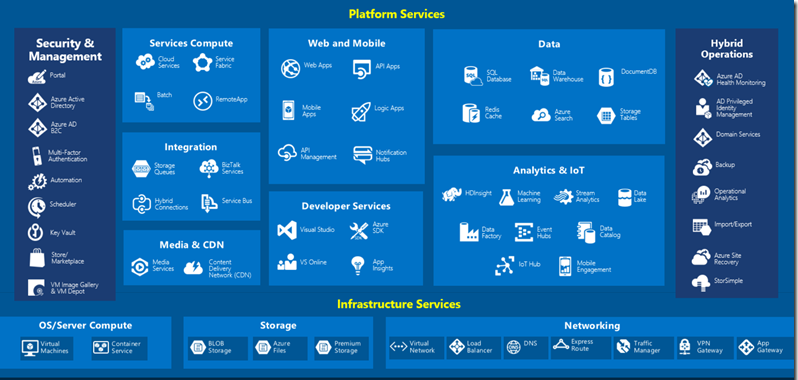
Microsoft Azure: Availability
As the world’s leading cloud computing service provider, Microsoft has built data centers all over the world. As of January 2019, Microsoft Azure services are available in 54 regions covering 140 countries.
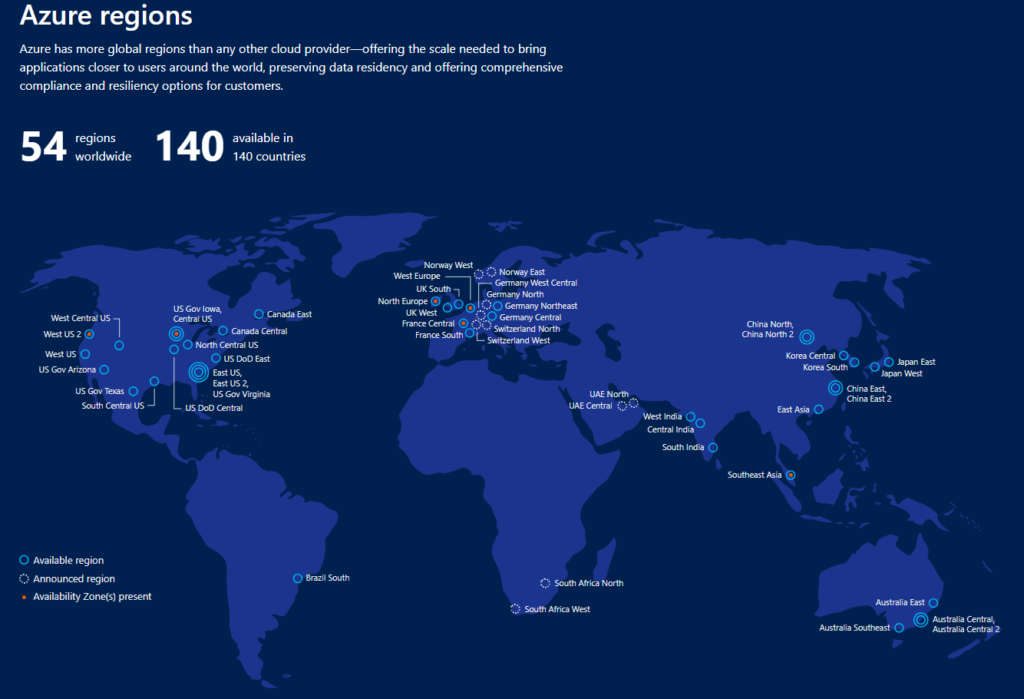
Microsoft Azure: Pricing
Azure follows the industry standard of usage-based pricing, similar to other CSPs (cloud service providers) like AWS and GCP.
Multi-Year Reservation: Microsoft offers steep discounts for Azure customers who reserve products for years in advance. The company says long term reservations helps increase visibility and in return, they pass savings to the customer as discounts of upto 80%.
Example: A customer running M32ts Azure VM for Windows OS in US Gov Virginia region will pay approximately $3,660.81 every month. If a customer reserves the same instance for three years he will only pay $663.45 every month.
AWS Price Match: The fight between Amazon Web Services and Microsoft has turned into a huge bonanza for cloud customers. Both companies keep reducing the price of their products and often drop their price to keep parity with each other.
Microsoft guarantees that it will match AWS price on comparable services. According to Microsoft, “pricing adjustments in response to price drop by AWS can take up to 90 days to process”.
Migrating workloads from your own infrastructure: Customers who are planning to migrate their workloads to Azure can use Total Cost of Ownership (TCO) Calculator to estimate their cost savings.
Users can input the details of their infrastructure, such as servers, database, storage capacity, required network bandwidth. The TCO calculator analyzes your input and give you detailed assessment of how much it will cost you to run the same workloads on Azure.
Free limits: Similar to other cloud service providers, Microsoft offers free credits and free trail on several products for new signups.
Eligible customers get $200 Azure credit that must be used within 30 days of signup. For some
“With the Azure Free Account, eligible customers receive $200 of credits which can be used within the first 30 days on most Azure services. Any unused credits cannot be carried over to subsequent months and cannot be transferred to other Azure subscriptions.
Within 30 days of sign-up or upon exhaustion of the Credits (whichever occurs first), you must upgrade to a Pay-As-You-Go subscription by removing the Spending Limit. This allows continued use of the Azure Free Account and select free services for the term.”
Microsoft Azure: Training and Certification
Microsoft offers several Azure certification programs. Participants can take online courses or join instructor-led programs for training.
As of January 2019, Microsoft offers the following certifications. Please visit Microsoft for more details on Azure training and certification programs.
-
Microsoft Azure Infrastructure and Deployment
-
Microsoft Azure Integration and Security
-
Microsoft Azure Administrator Certification Transition
-
Developing Solutions for Microsoft Azure
-
Microsoft Azure Architect Technologies
-
Microsoft Azure Architect Design
-
Microsoft Azure Solutions Architect Certification Transition
-
Microsoft Azure DevOps Solutions
-
Microsoft Azure Fundamentals
-
Designing and Implementing Cloud Data Platform Solutions
-
Designing and Implementing Big Data Analytics Solutions
-
Developing Microsoft Azure and Web Services
-
Configuring and Operating a Hybrid Cloud with Microsoft Azure Stack
-
Perform Cloud Data Science with Azure Machine Learning
-
Perform Data Engineering on Microsoft HDInsight
-
Engineering Data with Microsoft Cloud Service
Apart from the certification exams, Microsoft also offers role-based guided learning courses to help users train themselves on Azure. Trainees must select a specific role such as Azure Developer, Azure Administrator, Azure Solution Architect, Business User, and Business Analyst. Once the user selects his role, Microsoft then lists the courses he or she needs to take to achieve the required level of proficiency.
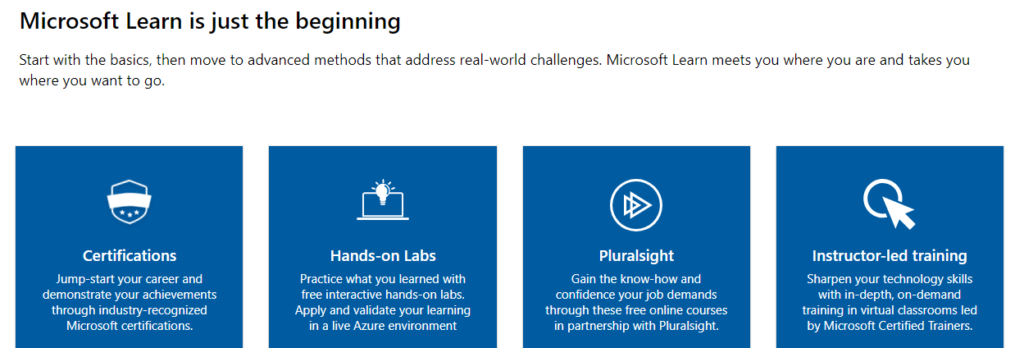
Microsoft Azure: Competition
Microsoft Azure has direct, hyper-scale competitors like AWS, GCP, and IBM Cloud. Because of the stiff competition at the top, you’ll see identical pricing structures, products, and similar services offered by the top five.
This has also given rise to a multi-cloud model where workloads
